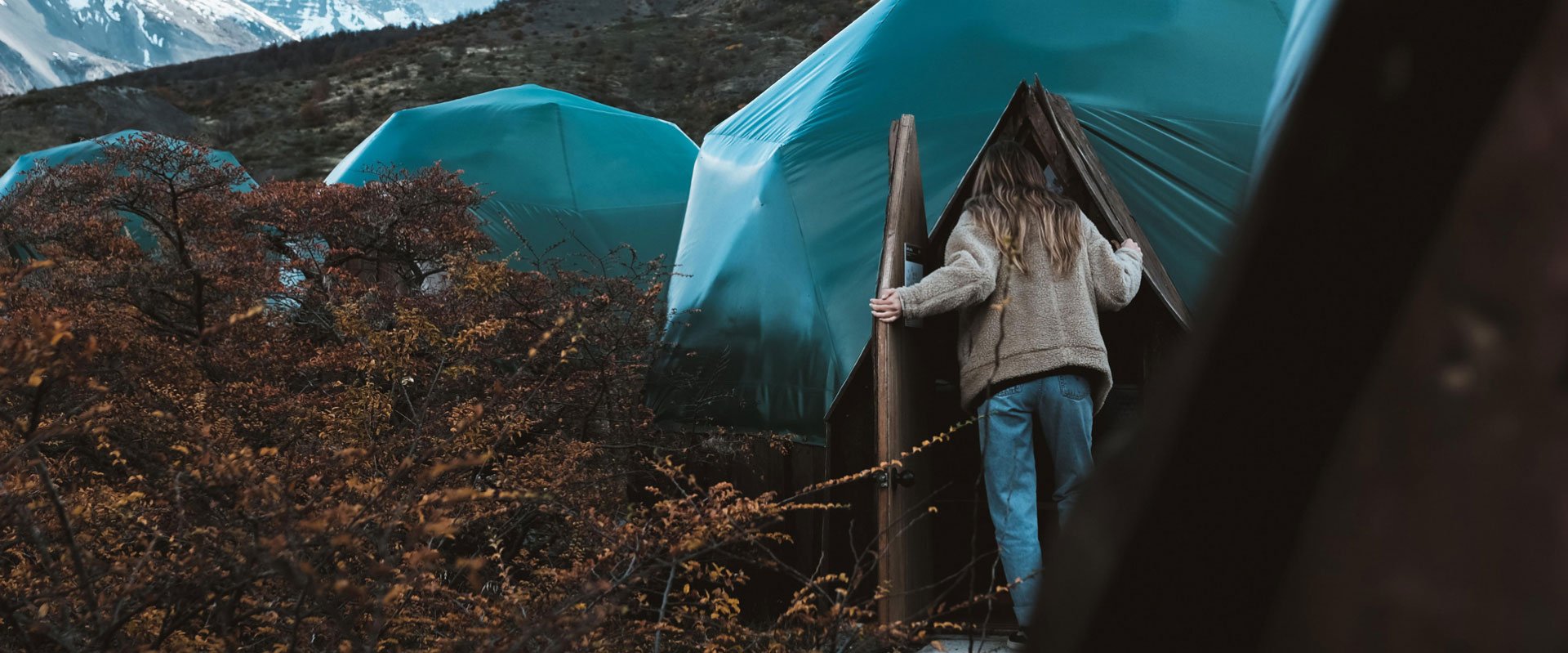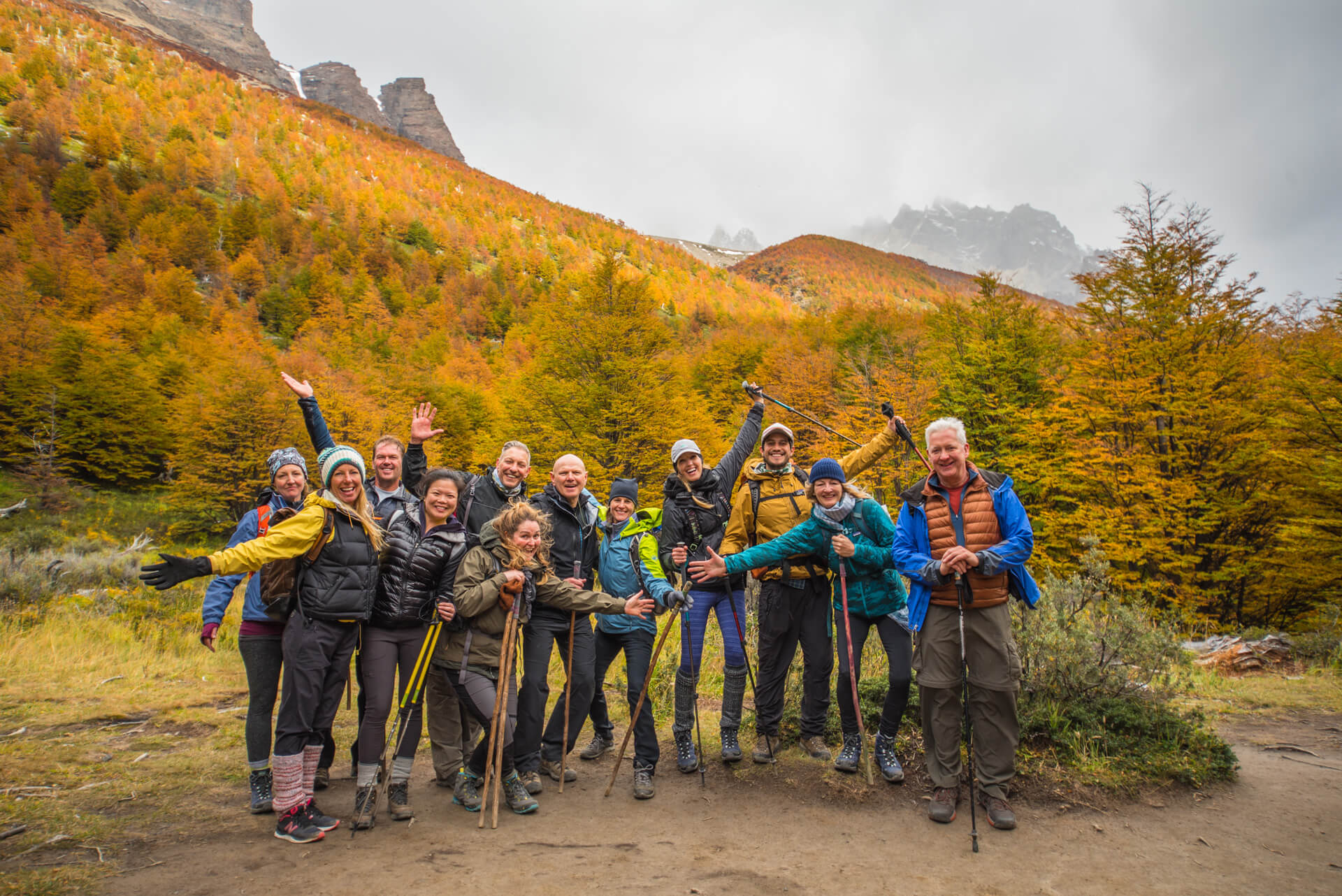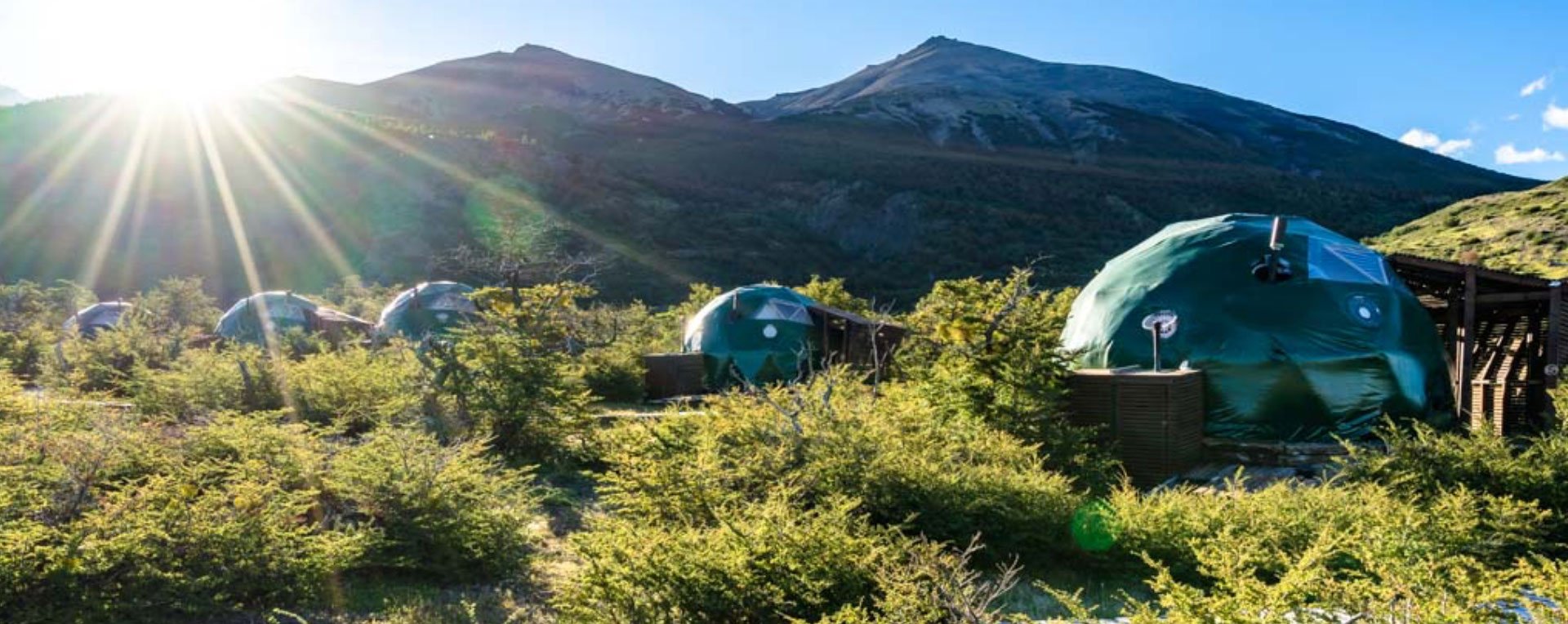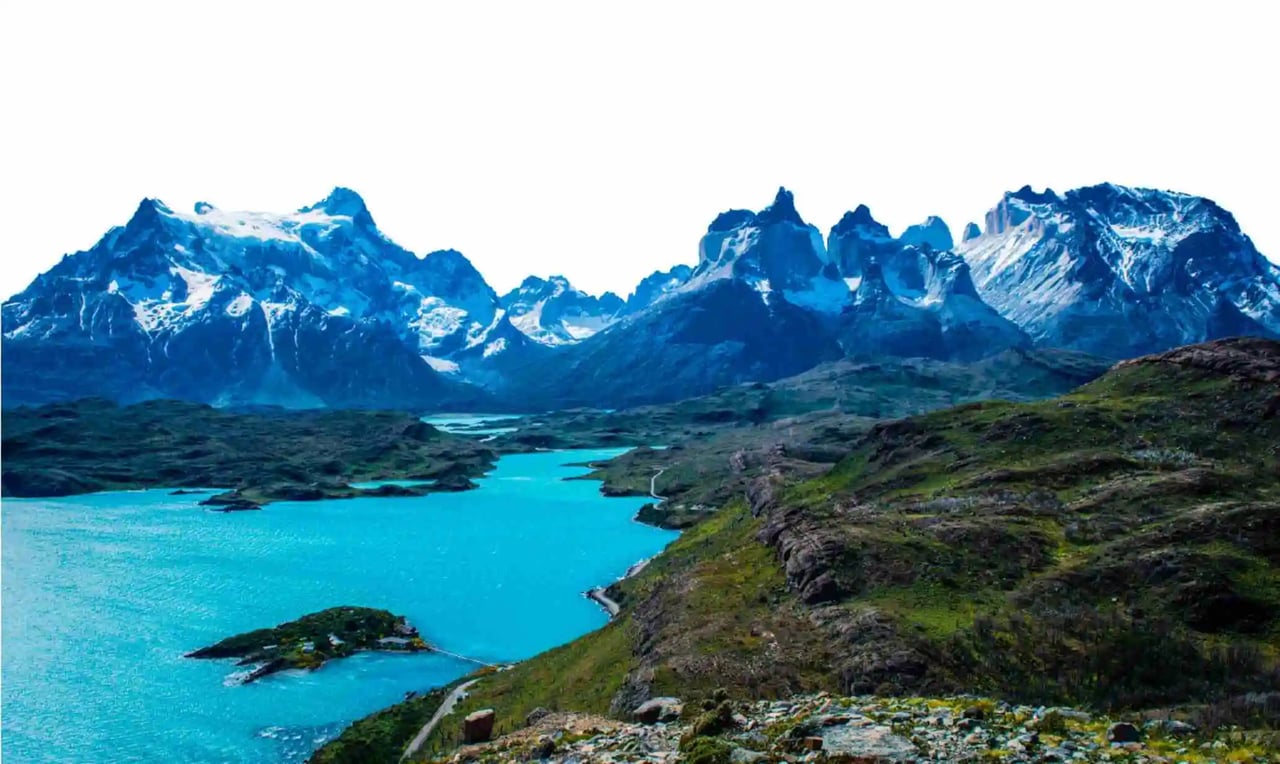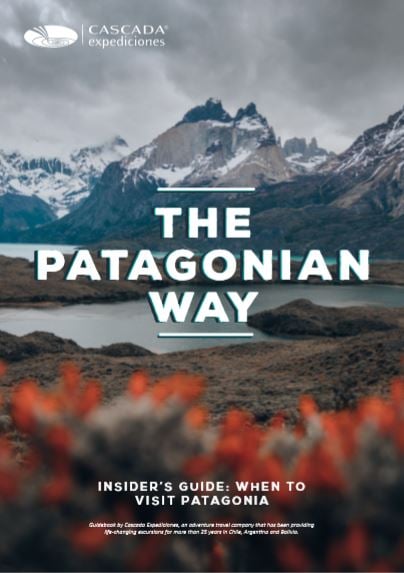The Huemul (Hippocamelus bisulcus) is the southernmost deer in the world. It is found exclusively in the southern regions of Patagonia, spanning both the Chilean and Argentinean sides. This species is in danger of extinction and, therefore, hard to see, but in the National Park, Torres del Paine, you can be lucky to spot these beautiful animals. But why is it in danger of disappearing, and what are the threats?
International Endangered Species Day 2024
Every year, on the third Friday in May, people around the world participate in Endangered Species Day by informing about, participating in, and learning about the importance and protection of threatened and endangered species. EcoCamp Patagonia is located in a privileged area, and we constantly work to protect the surrounding nature by minimizing our impact.
Seeing the native fauna here is a gift, and we all have a responsibility to protect it. This is why we support different organizations in the conservation of wildlife and also educate our guests about the importance of protecting nature and wildlife here. Today, on Endangered Species Day 2024, we take the opportunity to inform you about the Huemul deer, an emblematic animal of this national park.
We have talked to Fiorella and Jorge from TDP Legacy Fund, who are actively working on the conservation of the Huemul/Jekčal. The name Jekčal comes from the Kawésqar language, native people of this area. The project is called “Conserving the Huemul and the Base of the Towers: Mitigating Tourism & Livestock Induced Human-Wildlife Conflict in Torres del Paine”. You can read more about the conservation project on their website.

The biggest threats to the Huemul´s existence
It is believed that only 1,000 huemuls remain in Chile, and their status is endangered for various reasons, one of which is tourism. In the national park of Torres del Paine, three huge wildfires have occurred, burning down almost 20% of the park. All wildfires were human-made by tourists. These fires caused a great loss of habitat, a loss that will take years to recover. The Huemul feeds off native plants and trees, so when such big areas get burned down, it affects their source and accessibility to food.
Another ongoing threat to its existence is livestock animals. At the end of the 19th century, the livestock industry began throughout Magallanes, occupying millions of acres, including the land of what later became the national park, Torres del Paine. Historically, this whole area was used for farming activities, where thousands of animals, like cattle and sheep, grazed freely. Later, the national park was created, and the majority of animals were removed from the now-protected areas. Surrounding the national park are still livestock farms, and some of these animals, cattle, and horses, happen to roam illegally and uncontrolled inside the national park.

Jorge: “The problem with the cattle is that they are occupying the same space as the huemul deer and competing for the same food. When the livestock is grazing inside the park, there is no management of what, where, and for how long they eat in one place, affecting the regeneration of the plants and the forests”.
The lack of control and management of intruding invasive species damages native plants and directly affects all living species dependent on them, not only the huemul.
“Another issue with livestock sharing the same space as the huemul is the transmission of diseases carried by the livestock. Most livestock are vaccinated for potential diseases, but the Huemul, being a wild animal, is not protected by them. The deer do not have any natural immunity against infections and viruses,” adds Jorge.

The disappearance of the Huemul and its significance
According to scientists*, every day, species, including plants, microorganisms, and animals, disappear. The causes are often us humans. The question is, what would happen if the Huemul deer disappeared, and how would it affect us?
Fiorella: “First of all, we need to understand that the Huemul deer is not only native to this area—it is also an endemic species, meaning that if it disappears here, it will disappear in the whole world. For the Chilean people, it also has a socio-cultural significance; it is part of our national coat of arms, and it is, therefore, a symbol of this country.”

When an animal species is extinct, it is like a piece in a chain that gets lost since everything in nature is interconnected. This can have an ecological impact and reduce the general biodiversity in its area. Jorge explains:
“Each animal has a role in the ecosystem. If we lose the Huemul deer, we eliminate its role in the ecosystem. The problem is that we do not know its importance and how it can potentially affect the existence of other species. When we take out a species in the ecosystem, we create an imbalance - and this imbalance could cause an ecological disaster, something that could end up affecting us as humans as well. This is why it is important not to get to that point where species disappear because we do not know the consequences”.

The work towards the conservation of the Huemul
TDP Legacy Fund, together with CONAF (the National Forestry Corporation of Chile), is concerned about the conservation of Huemul deer inside the national park. Many initiatives have been undertaken, one of which is conversations with the neighboring farmers, the owners of the cattle and horses.
Jorge: “As mentioned, this area used to be a livestock farming area for generations. It is not always easy to change farmers' attitudes towards protecting native animals that are considered competition to their livestock, eating the same plants. We have intended to have conservation with the local farmers, but it still hasn’t happened”.
Fiorella and Jorge mention education as the key to conservation. Currently, they are working on two different manuals: one about good practices for farmers and another that informs about good practices for Huemul sightings. Furthermore, when hiking the Base of the Towers, there is a park ranger station halfway up. Here, with the help of volunteers, EcoCamp, and CONAF, a dome has been installed.
“The idea is that this dome will be an Information Center about the Huemul deer. People can visit it and learn more about the species, its importance, and how to protect it”, says Fiorella.

If you are doing the Base of the Towers hike, we invite you to visit the dome. If you are a local guide or park ranger, there will be interactive workshops from June 13th to 14th, a workshop that facilitates the co-creation of the story about the Huemul deer on this trail.
How you can help directly with the conservation
You can help in various ways. If you stay at EcoCamp, we have a cocktail called “Legacy Drink ”. By buying it, you contribute directly to the organization's fundraising. You can also donate money by visiting the donation site of Legacy Fund
A third way to help is to educate yourself and others about the matter. Small things like not leaving the trails and taking out your trash to avoid erosion and contamination are important. If you see a Huemul deer, consider yourself lucky! Do not approach it; if possible, take a picture of it and inform the local park ranger station about where you saw it so they can keep a register of where they are.
Curious of what TDP Legacy Fund also does? We have another blog post about the general work that TDP Legacy Fund does inside the national park, Torres del Paine called the Leading conservation in Torres del Paine with the TdP Legacy Fund.
* source: https://wwf.panda.org/discover/our_focus/biodiversity/biodiversity/

